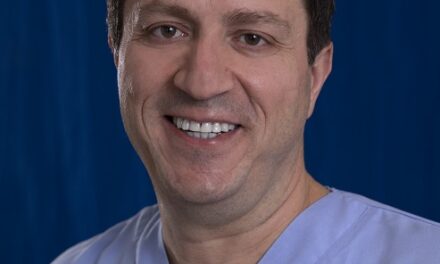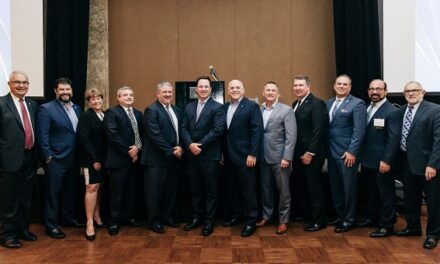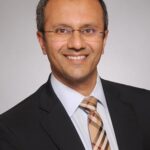 Professional nursing currently faces a multitude of challenges. At one time, industry changes for nursing were almost exclusively linked to the acute care environment. Today, especially in the post-sequestration environment, every nurse working within the healthcare continuum is further challenged by increasing fiscal constraints. Nurses are called upon to do more with less. Despite these challenges, nursing continues to raise the bar and strive for the highest demonstrable quality in the care that is being provided.
Professional nursing currently faces a multitude of challenges. At one time, industry changes for nursing were almost exclusively linked to the acute care environment. Today, especially in the post-sequestration environment, every nurse working within the healthcare continuum is further challenged by increasing fiscal constraints. Nurses are called upon to do more with less. Despite these challenges, nursing continues to raise the bar and strive for the highest demonstrable quality in the care that is being provided.The Institute of Medicine of the National Academies report , “The Future of Nursing: Leading, Change Advancing Health,” was a great motivator for nursing professionals to achieve higher levels of education. Nurses are now seeking and earning undergraduate, graduate and postgraduate credentials. Many are seeking advanced degrees to support their personal career goals and to enhance their employability in an ever-changing economic climate. This has been made easier with the evolution of distance learning which enables a working nurse to attend classes and to advance their educational level.
Keeping pace with technology in the workplace has become a huge investment for healthcare facilities and presents a multi-faceted challenge for nurses. In spite of the explosive growth in electronic technologies, nurses in many environments of practice are only recently being introduced to the importance of mastering the use of computers, hand-held devices, and smart phones in the workplace. Trends in practice include point-of-care clinical documentation from the bedside to remote locations such as patient homes. Electronic scheduling of staff visits, computing and distributing payroll, recording time and travel take place every day.
In addition, the nurses’ clinical documentation is continuing to evolve with advances in information technology and monitoring evidenced-based clinical outcomes. Patient outcomes are linked to electronic data aggregation from the electronic medical record. Record numbers of medical audits are being accomplished and used as measures to assure that patient outcomes are statistically and financially reimbursable by Medicare, Medicaid and private health insurance plans. Nurses are learning to see their patient assessments and interactions in terms of painting a picture of patient eligibility for compliance with payer standards and reimbursement for the care provided.
A nurse needs to stay current with a variety of other advances such as pharmaceutical agents, genetic engineering, advancement in technological disease directed therapies and clinical simulation technologies. Planning for workforce changes as the baby boomer generation approaches retirement is absolutely necessary.
Advancing technologies will continue to improve the lives of patients. New technologies will improve the nurse’s ability to provide care and improve outcomes in a variety of care environments. The use of technology to simulate patient care situations will further impact nursing education, regardless of the discipline.
Rising to an appropriate level of prominence is the responsibility of management to provide and promote self-care, stress management and self-awareness for all healthcare workers. The combined influence of rapidly evolving technology, the dynamic economic climate and changing workforce can produce a pressured or stressful workplace. By adopting smart self-care strategies, nursing leaders can begin to positively alter the tone of the work environment and decrease work related physical and mental stress related complaints. Strategies for self-care can assist in ultimately enhancing staff productivity, efficiency and improving nursing practice by reducing stress related workplace absences.
Even though there are increasing challenges, professional nurses will remain constant in their dedication, commitment and, especially, their compassion for their patients.



























